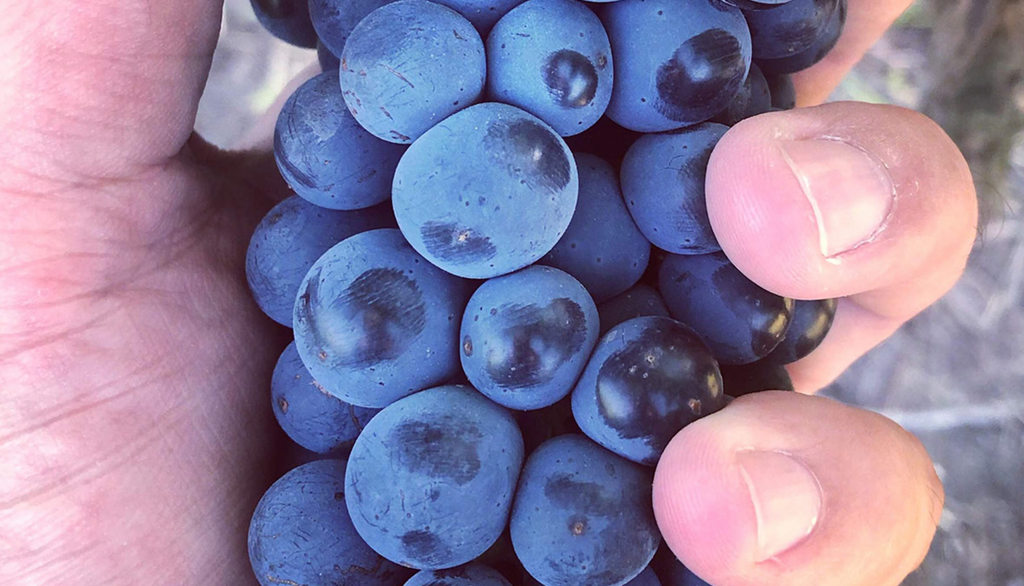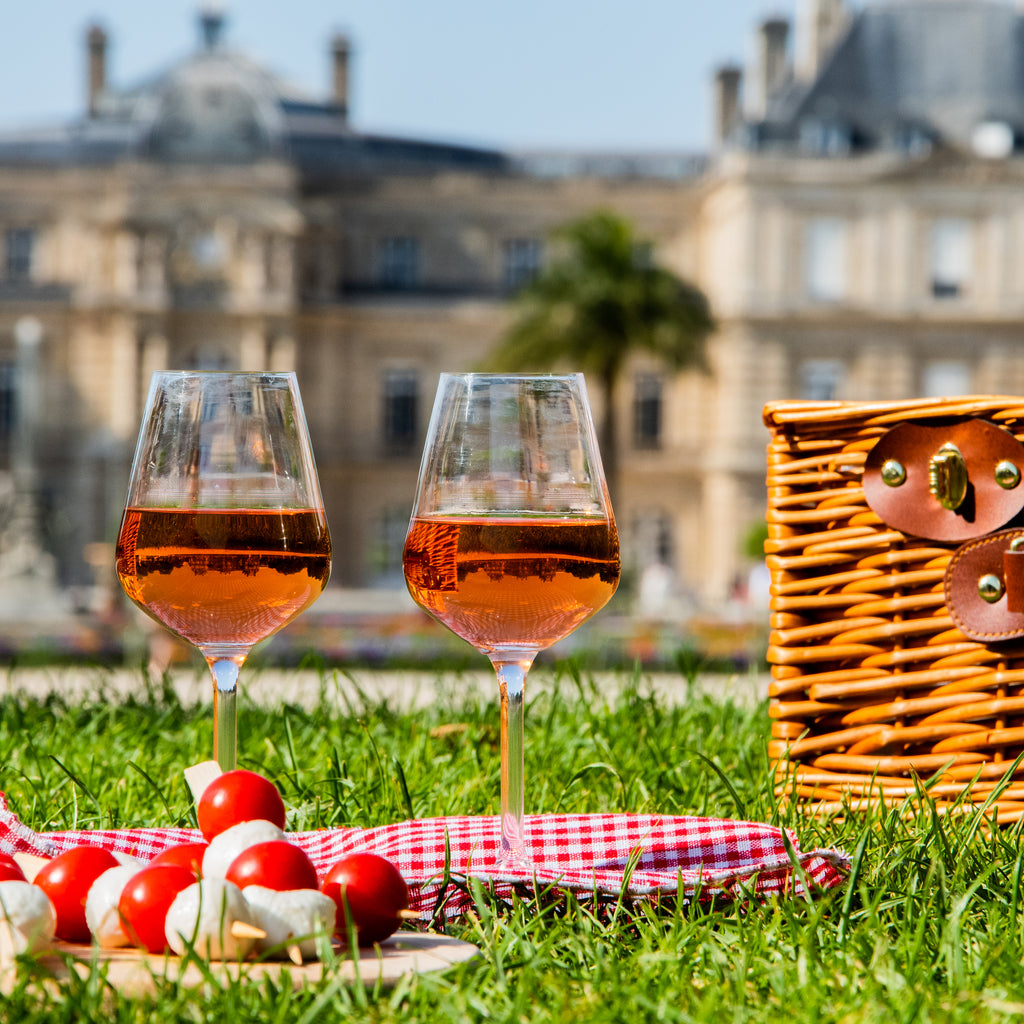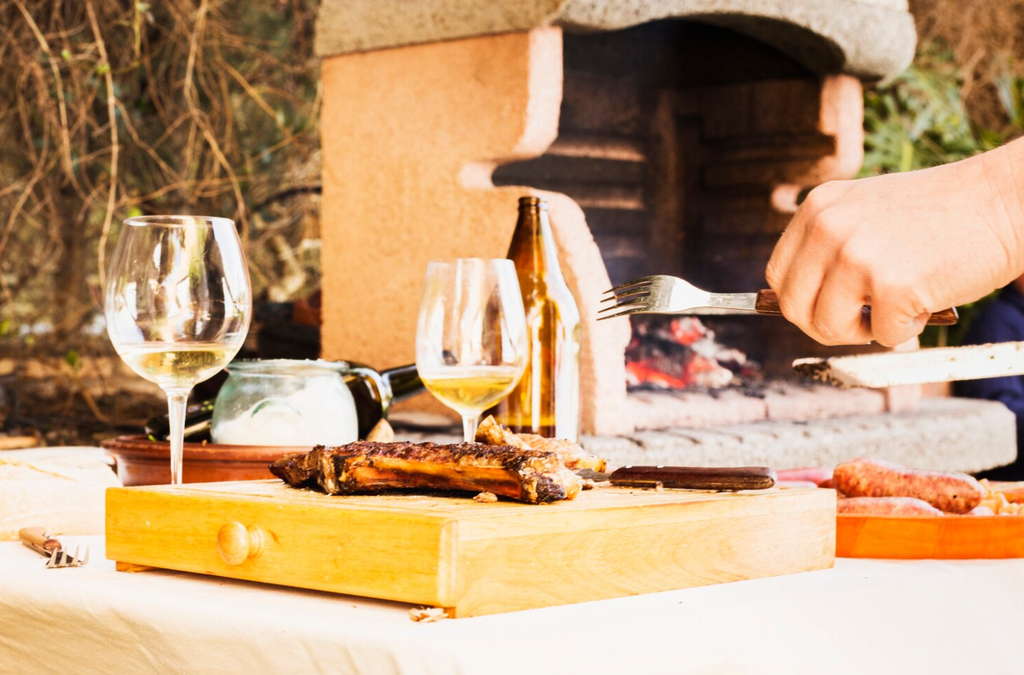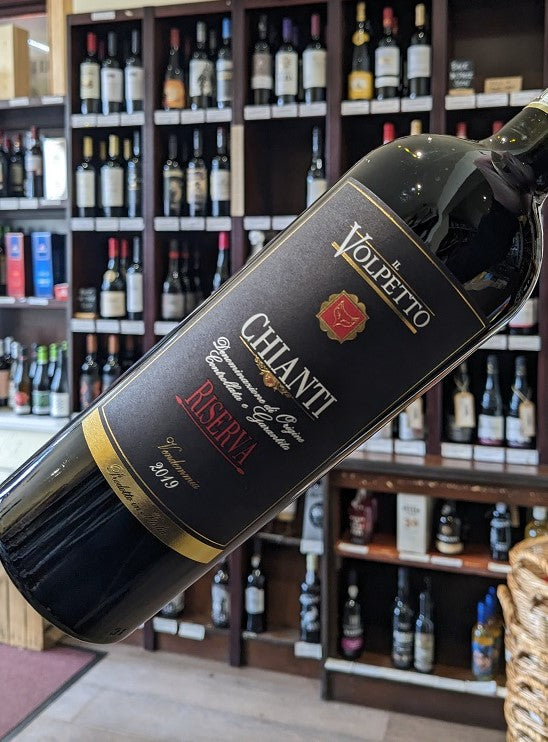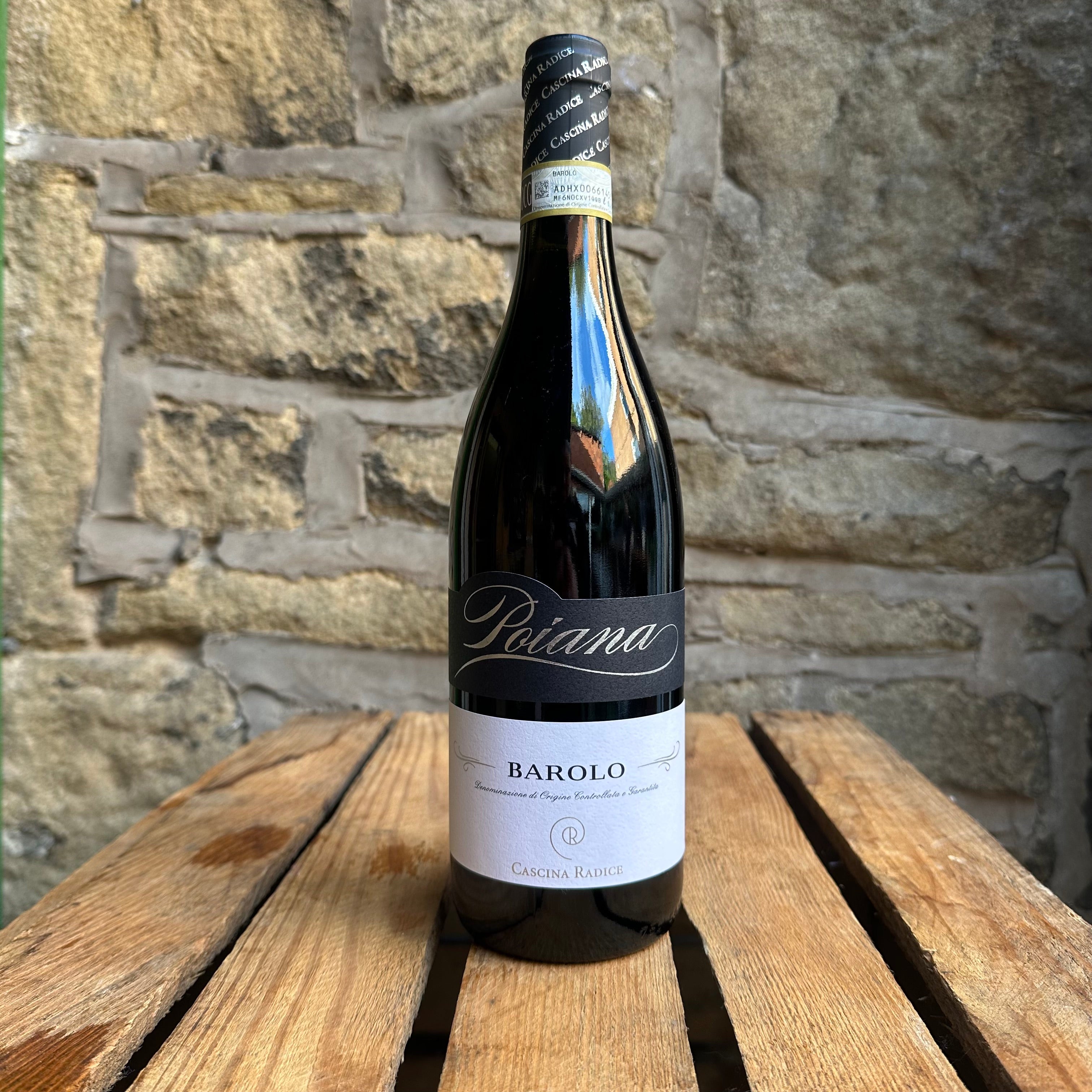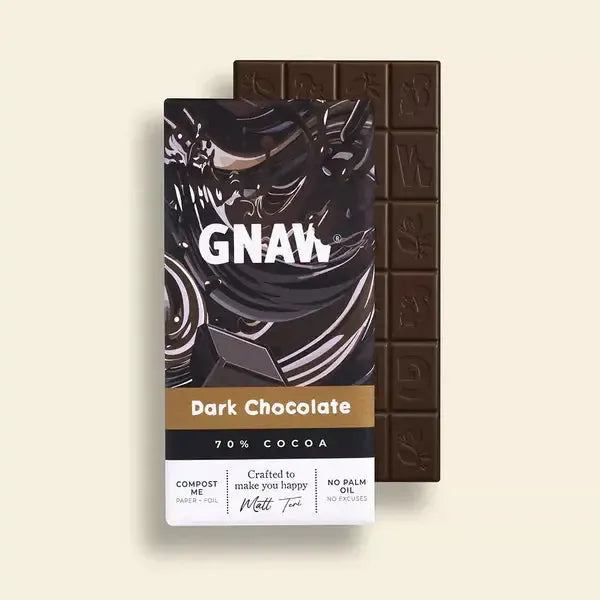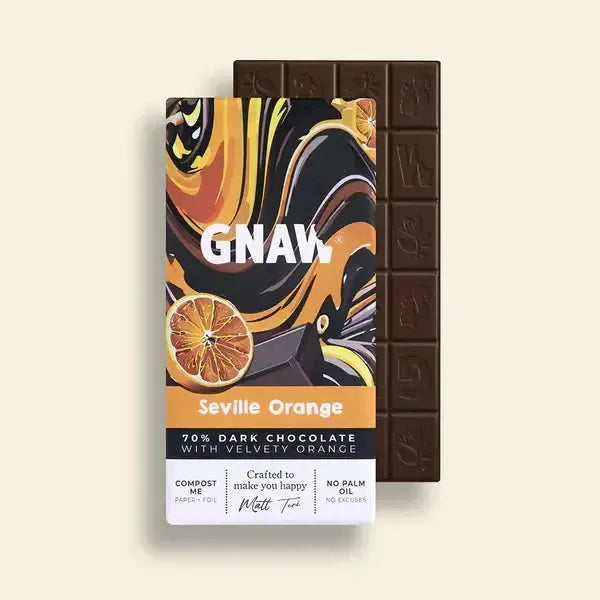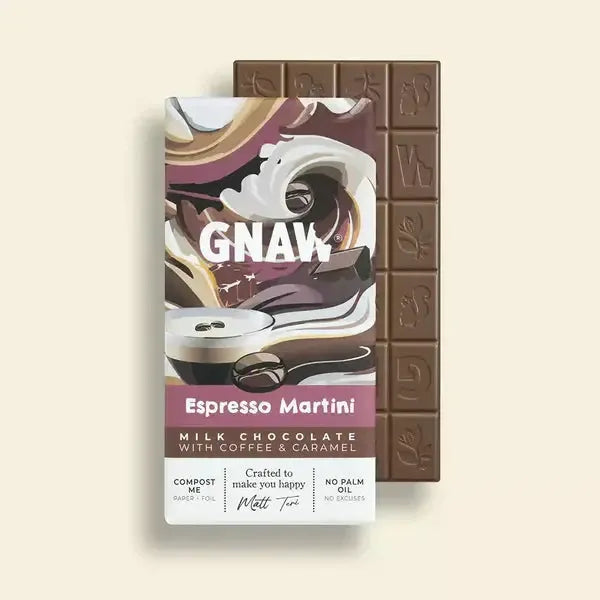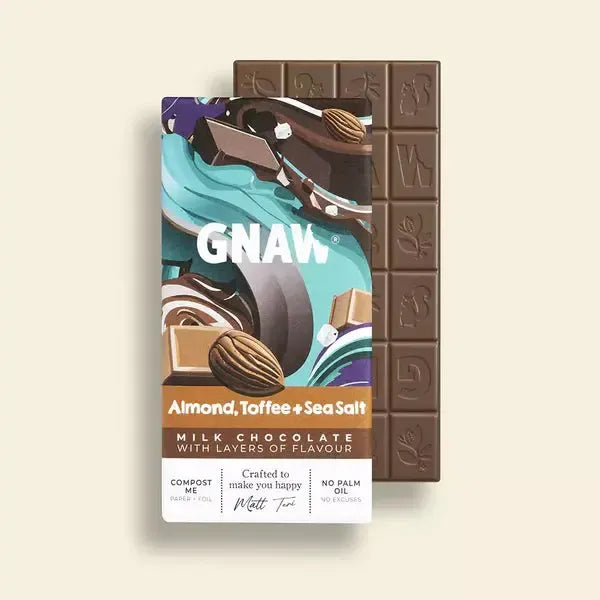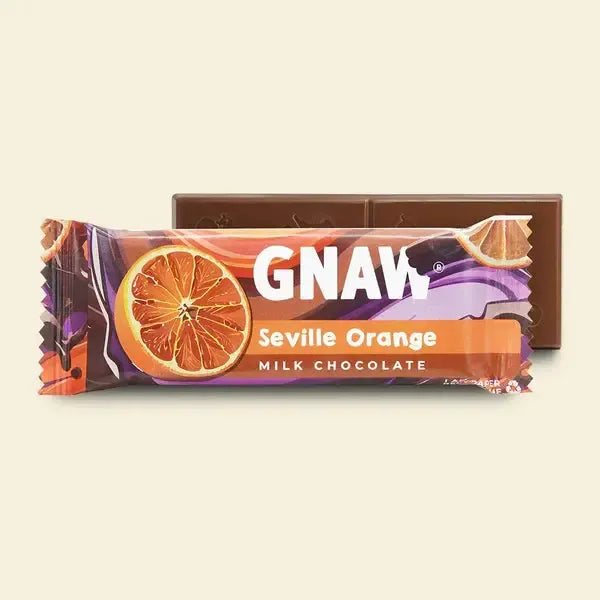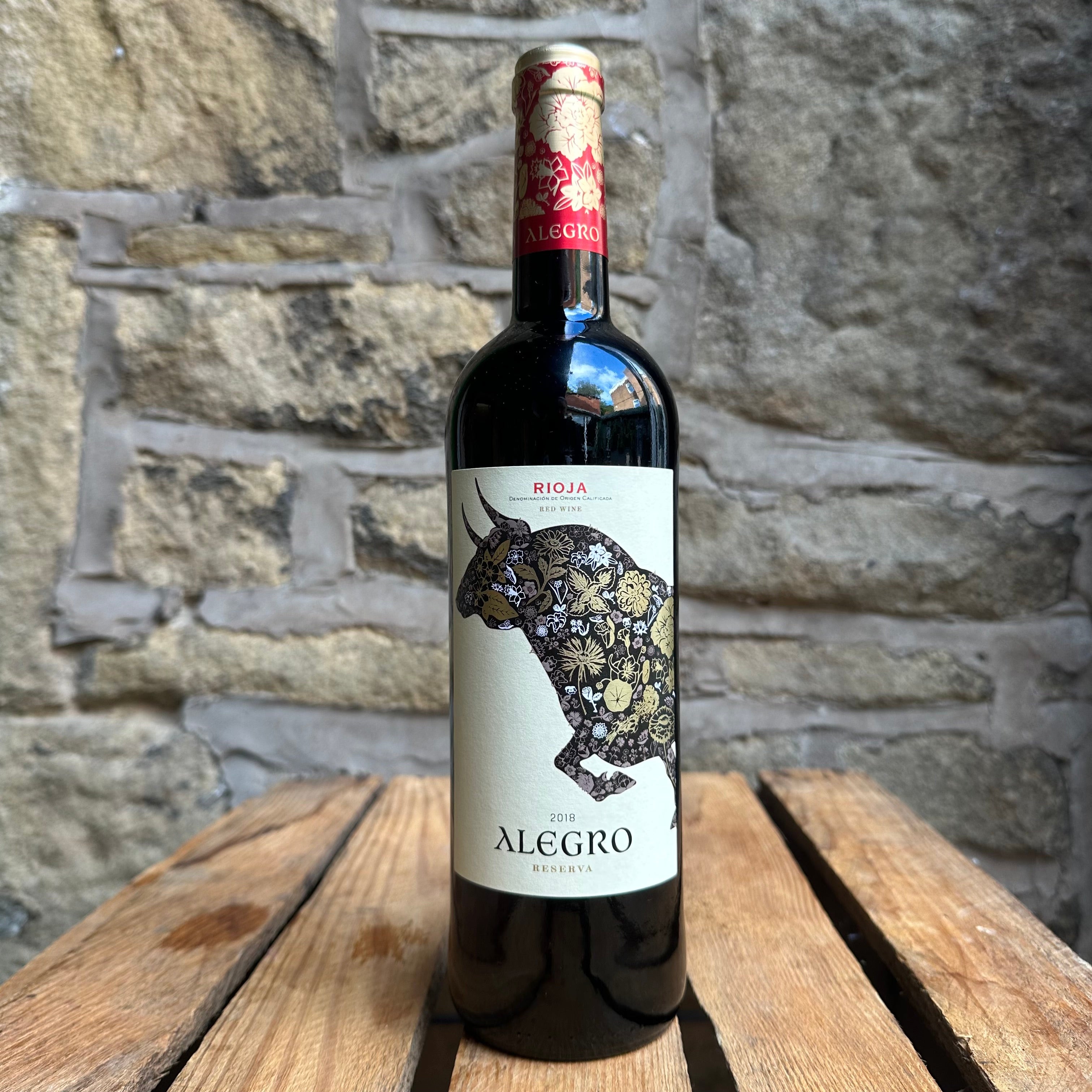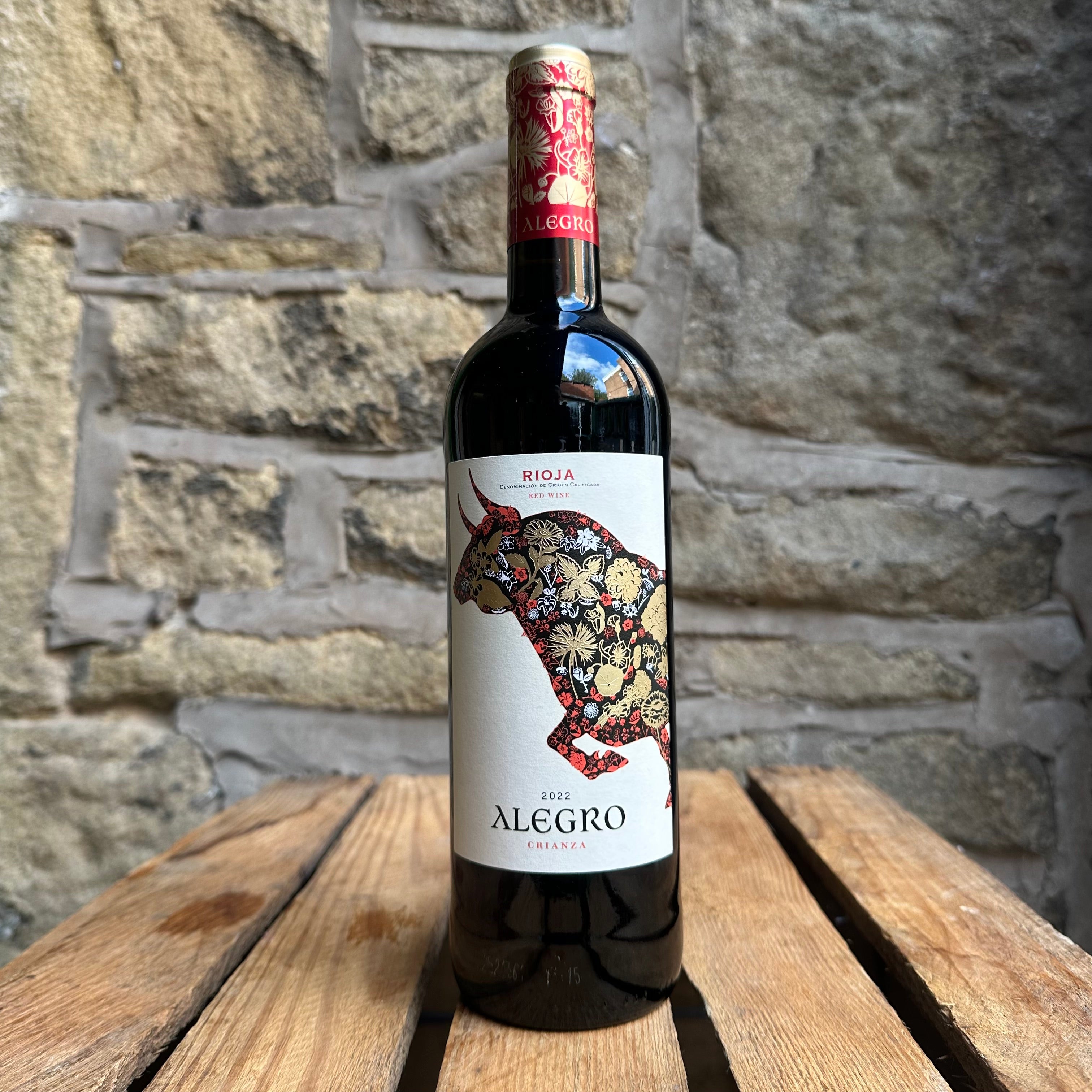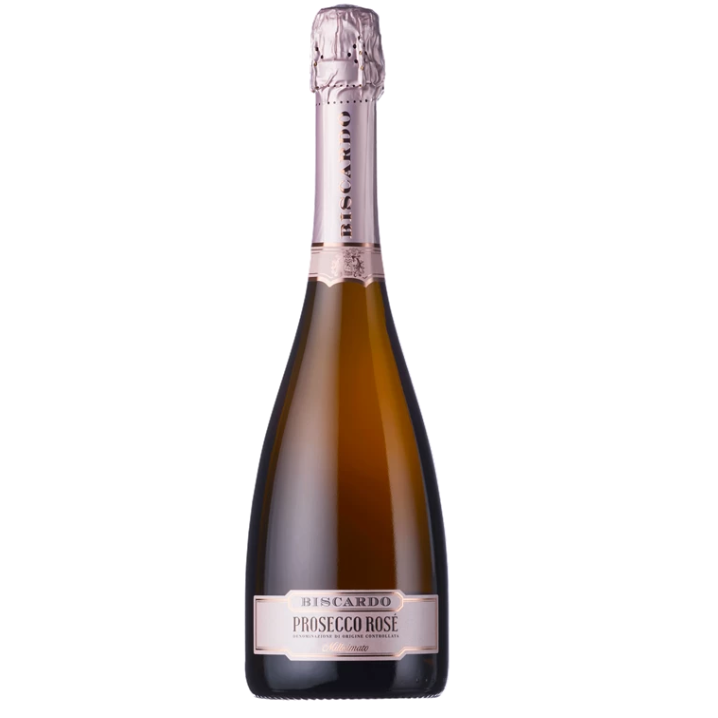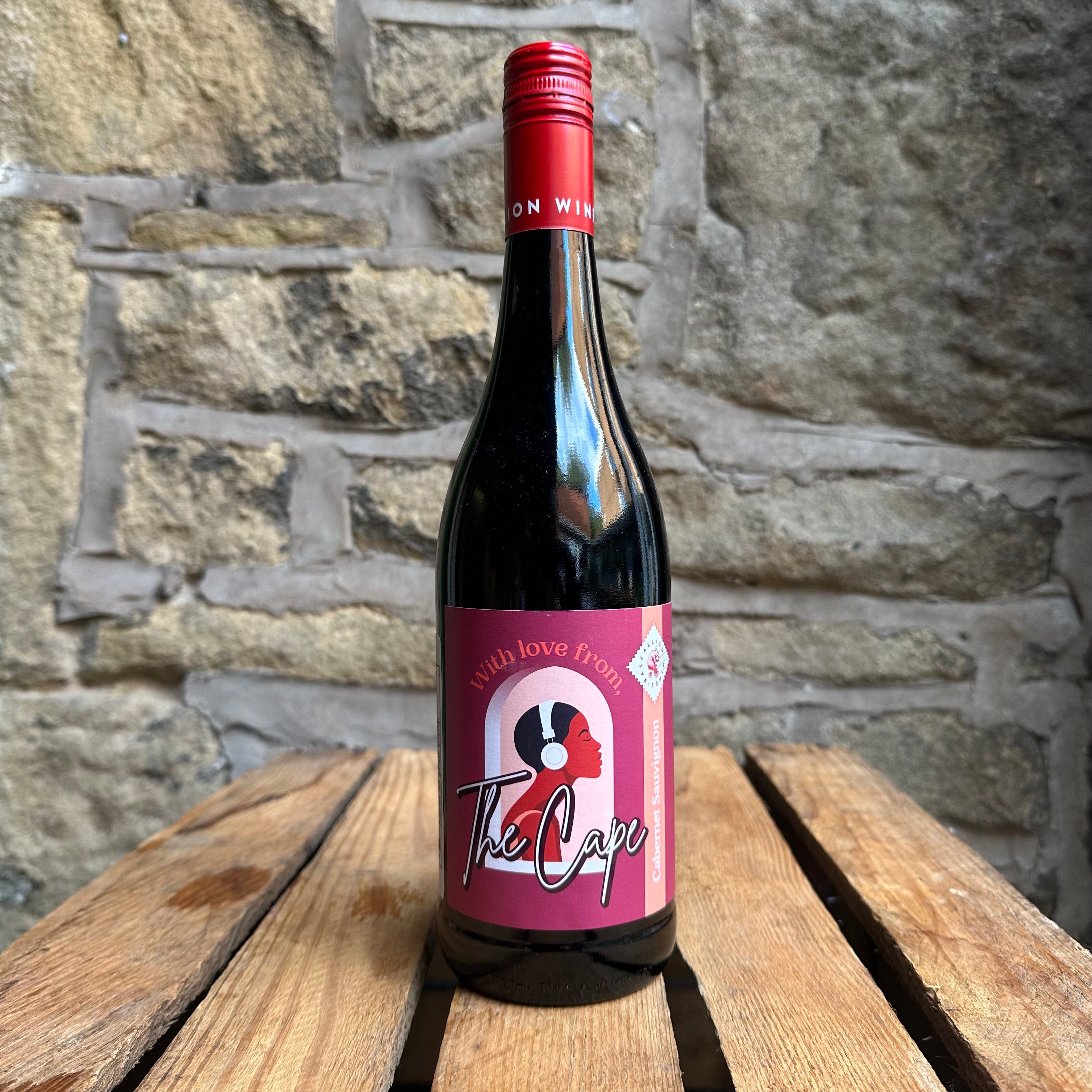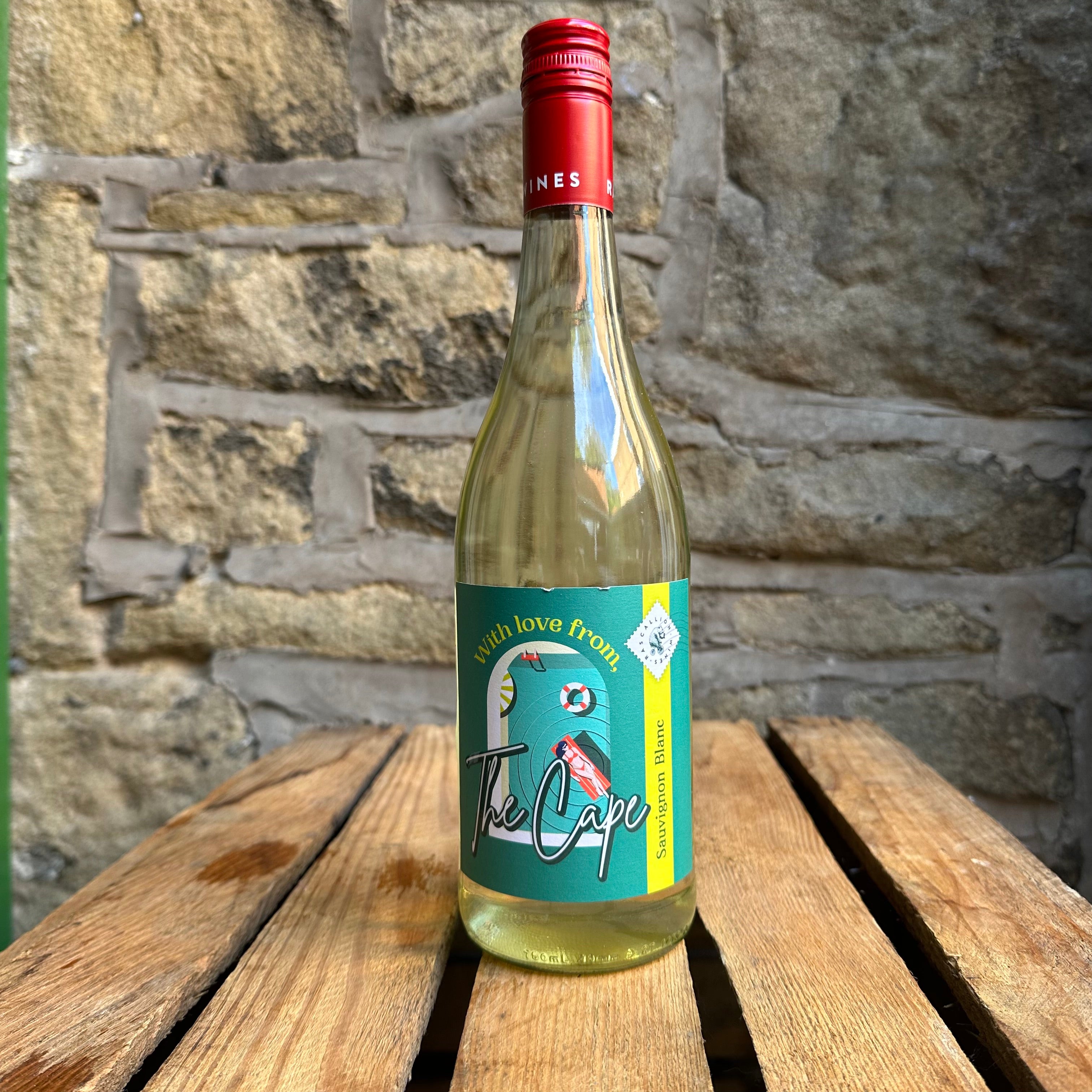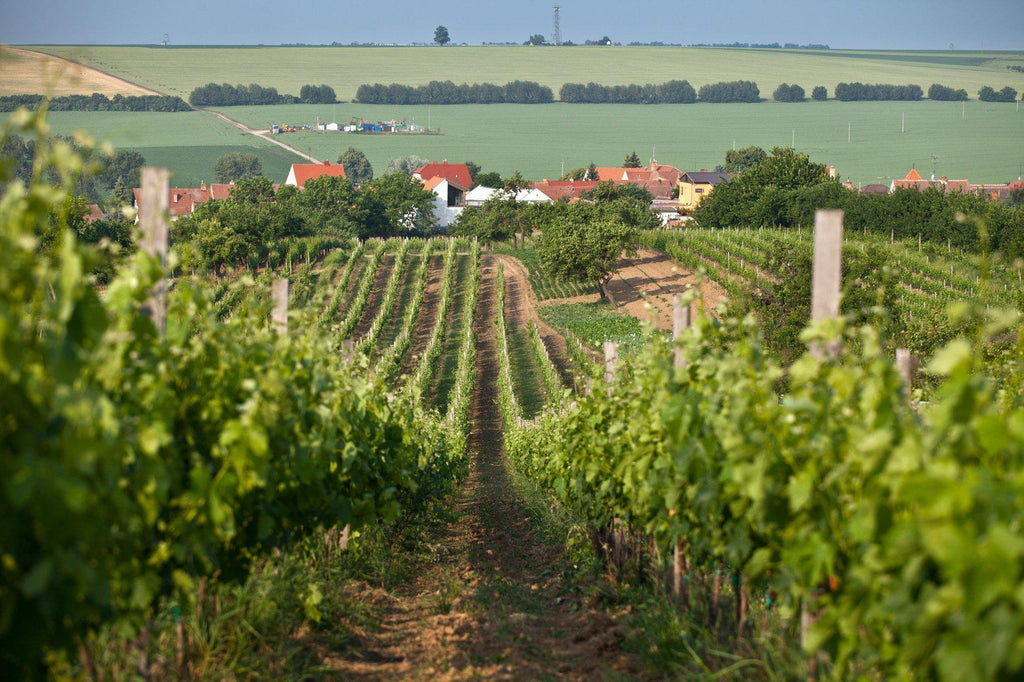
Wine of the Czech Republic

The Czech Republic has more than twenty centuries of viticultural history. An inevitable slump due to the political climate post-Second World War lasted for several decades, but the last two decades have seen dramatic development and recognition in both the native country and the wider European wine market, with further outreach other continents on the rise.
The Czech Republic, as an inland country, is limited in its coastal influences. Offically regarded as a cool climate wine growing area with a continental climate, the wine sub regions are based on its southern borders (alongside the 49th parallel - the very limit of where grapes can be grown in Central Europe) which flows into Austria's border winemaking regions. This similarity in climate and terroir as well as customs and traditions in viticulture mean the Czech Republic attunes to similar wine production as Austria, with focus on crisp white wines and cool climate reds.
Image from https://www.wineofczech.cz/
The main wine region is Moravia with around 19,000 hectares of vineyards. This area contains 4 sub regions. From left to right on the above map, these are Znojmo, Mikulov, Velke Pvlovice and Slovako.
Znojmo accounts for the area surrounding the ancient wine town of the same name. Znojmo lies in the foothill of the Bohemia-Moravia Highlands, where stony soils were found to be perfect for the cultivation of cool climate grapes such as Riesling, Grüner Veltliner, Blaufränkisch and Pinot Noir. Mikulov surrounds th etown of the same name where it all began - literally. One of the world's oldest human settlements, it is the historical centre of viticulture in the country. Its wines are known for refreshing minerality, characterised by the limestone soil of the Palava Highlands. Hillside vineyards produce predominantly white wines with distinctive fruit-driven aromas, minerality and refreshing acidity.
Velke Pavlovice is the largest wine region with a wide variety of soil types such as limestone loam, marl and sandstone. This variety makes it a great region for producing cool-climate reds and highly aromatic, more robust white wines. Slovacko, with its name taken from the name Slovakia, is the nearest to this border with accompanying customs. The river Morava valley is known for its vineyard capacity, with sloping high altitude hillsides, moist soils and cooling north-east winds. A region known for its ability to bring out the true character of varietal wines.
Krasna Hora Winery (pictured) in the Slovacko wine region works on a strict ethos of being not only organic, but biodynamic in its production. Biodynamic farming is officially described as “a spiritual-ethical-ecological approach”, and this is something the Krasna Hora family of winemakers have adopted wholeheartedly.
They work to allow the vineyards to work in harmony with the surrounding ecosystems, aiming to achieve something that is self sustaining. Minimal intervention, including the omission of chemical fertilisers and pesticides, help to maintain natural soils, beneficial wildlife and truly characterful grapes at harvest.
This small family winery was founded in the 1960's. They pride themselves on not over-planting their vines, with 5 hectares of hand-tended loess bedrock vineyard hailing from Cistercian monks in the 13th century. Hand harvesting of small parcels of the best grapes followed by oak maturation with native yeasts in the site cellar brings natural, low-sulphur wines with rich, elegant texture and a lingering finish.
Their Ruby wine carefully blends Zweigelt, Pinot Noir, Saint Laurent, Merlot and Cabernet Sauvignon, undergoing pigeage (punching down) in large oak and partly plastic casks. Malolactic fermentation is in steel tanks followed by 8 months of ageing in oak. The result is a deep and bright ruby wine with a pronounced nose of cherries and plums. On the palate, the elegant and velvety texture brings a gentle opulence of red and forest fruits with a hint of liquorice. Fine tannins create smoothness and the acidity gives wonderful freshness and length.
Their Blanca wine is a luscious blend of Riesling, Sauvignon Blanc, Pinot Blanc and Gewürztraminer. There is careful production of each grape variety for the perfect balance, with the Riesling tank fermented, Pinot Blanc oak fermented for 3 years, and a mix of Riesling, Sauvignon Blanc and Gewurtztraminer that has undergone 2-3 weeks of skin contact fermentation. This produces a naturally slightly cloudy golden-yellow colour, showing that the wine is unfiltered. Lifted floral and citrus aromas with a slight hint of herbs precede an intense fruitiness on the palate. This is balanced by mouth-watering acidity and a richness that comes from this unique style of naturally made wine.


